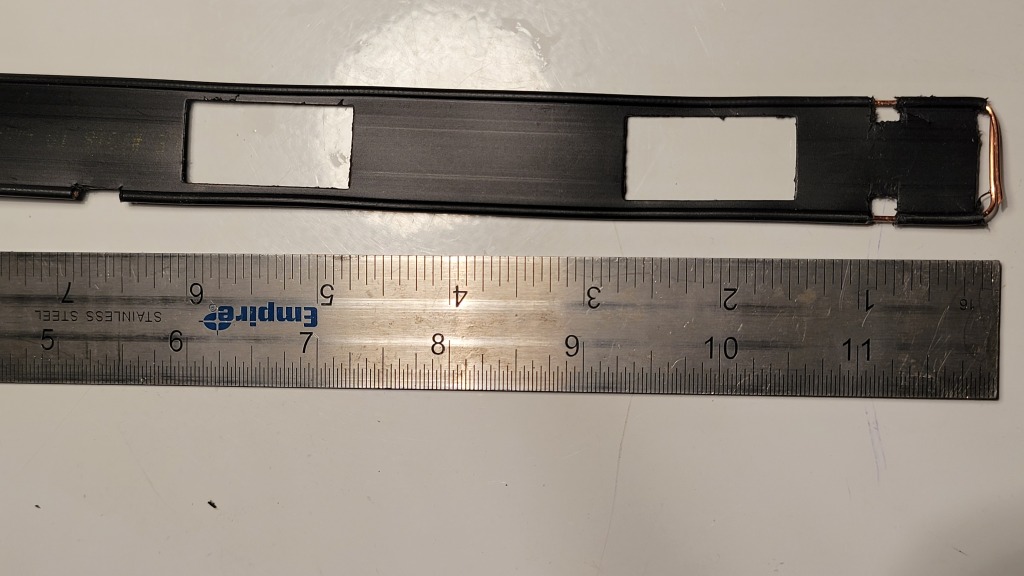
Build a high-performance Amateur Radio UHF Slim Jim antenna for little or no cost using scrap materials and a few common hand tools. This portable antenna’s VSWR is less than 2:1 across the entire UHF band from 420-450 MHz.
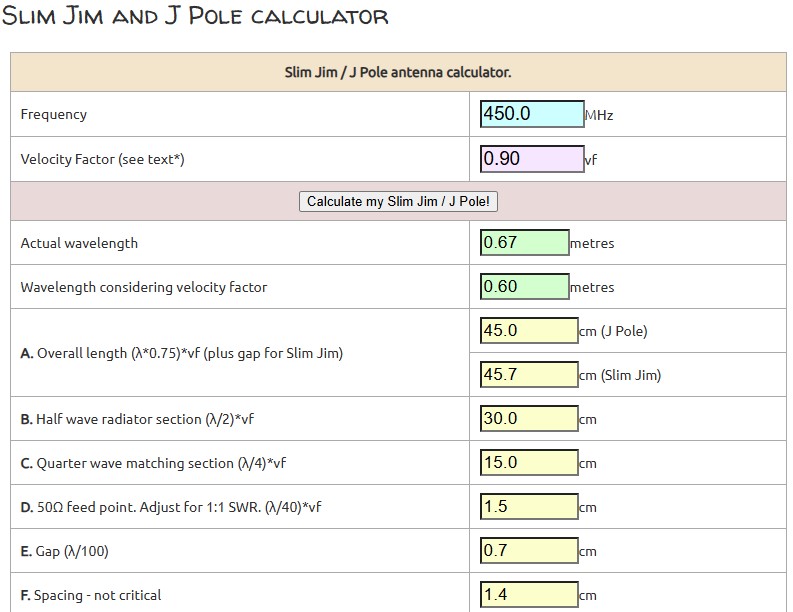
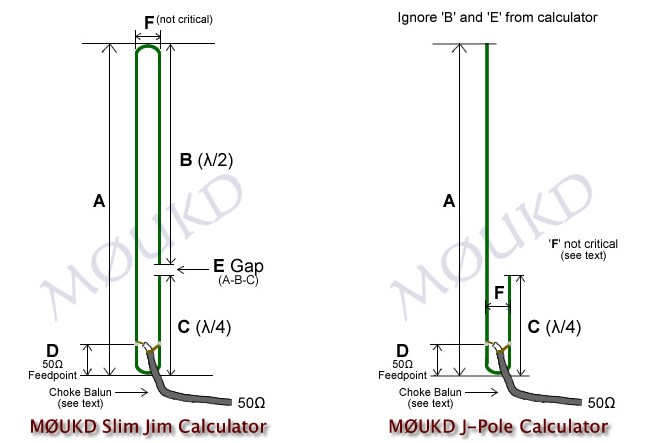
Using a convenient design calculator available on the Internet: Slim Jim Calculator. The length of the antenna is about 18″.
For the purpose of HAM Repeater frequency coordination, the UHF band plan skews towards higher frequencies. A 450Mhz Frequency Slim Jim input value resulted in a minimum VSWR centered at 435Mhz. My VSWR bandwidth is <2:1 over the entire UHF band, from 420 to 450 MHz.
I chose to input a velocity factor of Vf=0.90 for Slim Jim calculation. Some 450 ohm Ladder Line specs. say Vf=0.91 but (through repeated attempts) the value of Vf=0.90 came closer to the design goal: minimum VSWR across the entire UHF band.
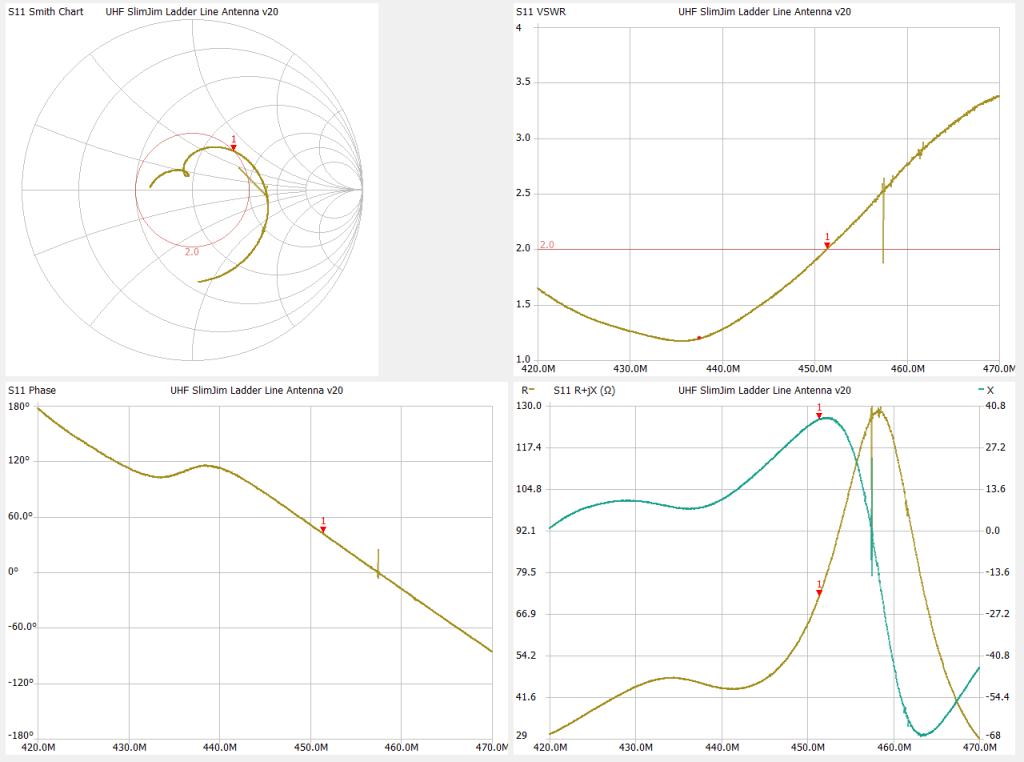
Using a NanoVNA, the performance data is shown above. Note that VSWR approaches 1.2:1 at 435MHz and is less than 2:1 up to 450MHz (red arrow).
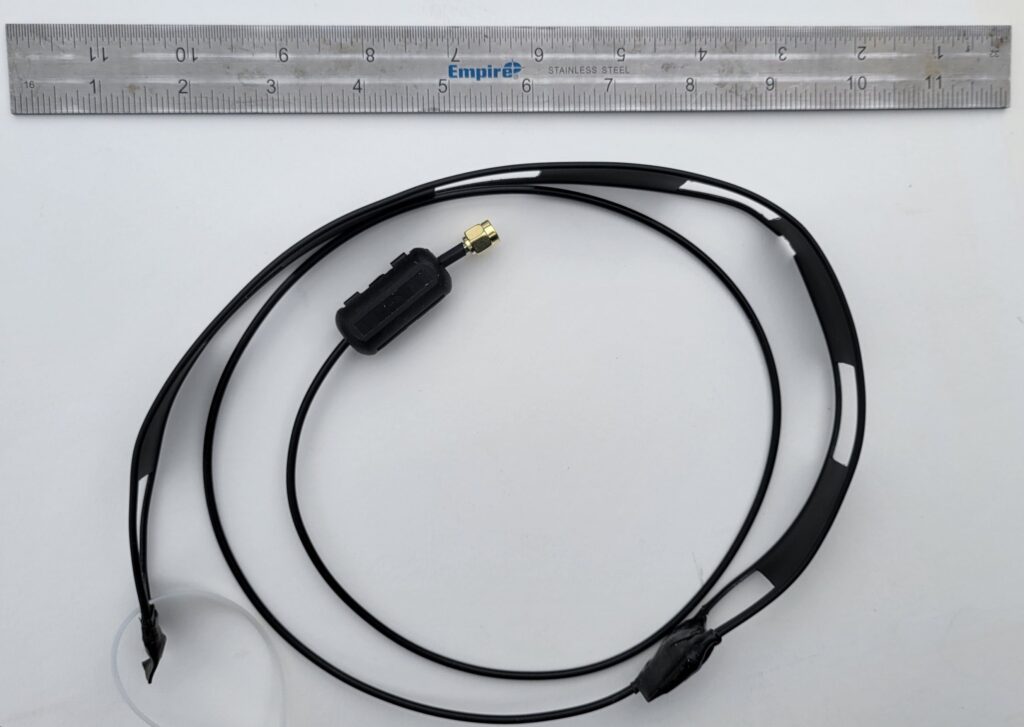
Assembly and Test
A 3 ft. length of 471 gauge coaxial was manually stripped at one end, and soldered to the Ladder Line. Make sure the coax center conductor connects to the 1/2 wave radiator element.
Not shown are a 3/16″ hole at the top for a Zip-tie mounting hook and, at the bottom, two 1/8″ holes for a smaller Zip-tie to secure the coax cable feedline.
For outdoor weather durability, the exposed metal at both top and bottom of the antenna were wrapped in Nashua “Stretch and Seal” tape.
I easily made many distant (10+ miles) Repeater contacts in the UHF band. Signal reports were consistently good and correlated with distance and terrain.
Conclusion
Building this UHF antenna was a very gratifying DIY home project. The resulting UHF antenna performance approaches commercial products that I’ve purchased and tested before. Build it with surplus components from your Ham Shack, for little or no cost.
Borrowing from my Woodworking skills, I created a “Story Stick” for rapid and precise duplication of the UHF antenna. You have to line-up the Slim Jim gap on a solid length of Ladder Line insulator
